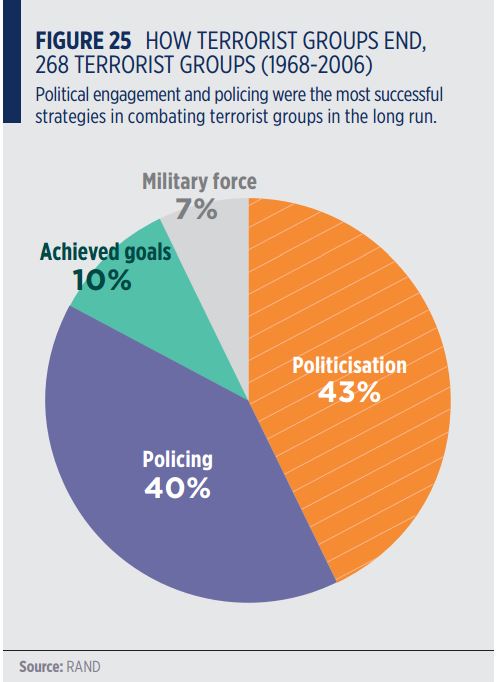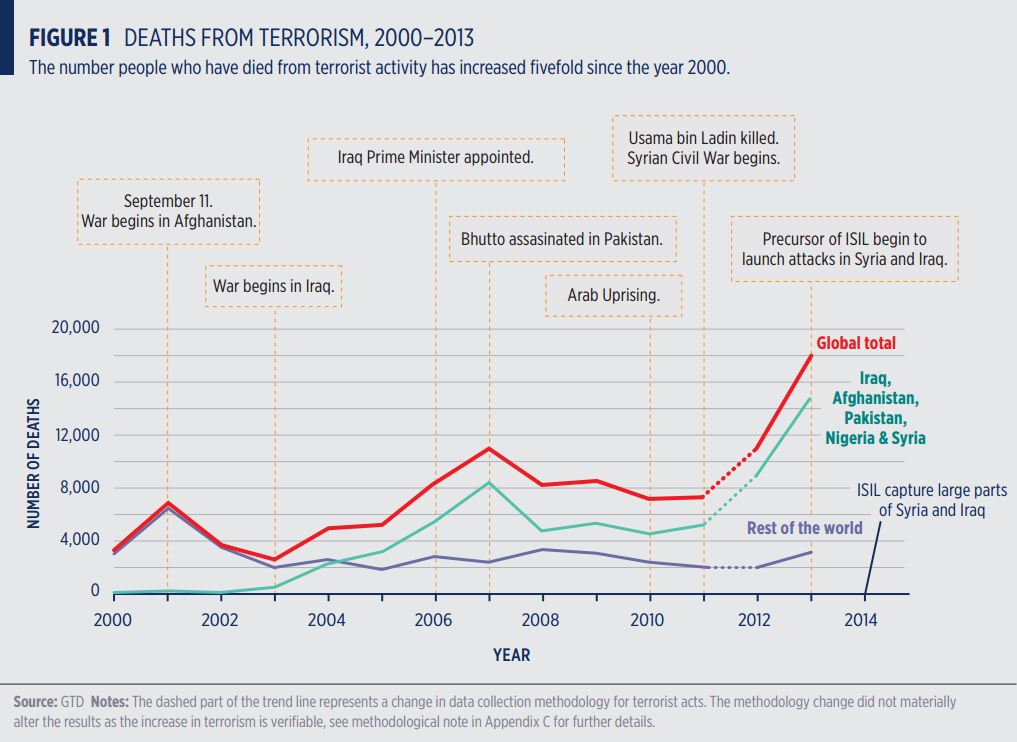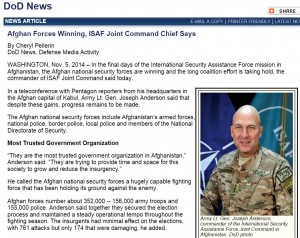At the risk of being misunderstood as defending Susan Rice, let me explore a couple of things about this article, complaining about her “bumbling” as National Security Advisor.
3,000 words into a 3,500 word article, this sentence — which I believe is the real point of the story — appears.
And the larger question is whether Hagel’s mostly inward focus on budget and morale issues at the Pentagon is the right focus now—instead of helping to project American power abroad amidst spiraling global crises.
That is, the article expresses the viewpoint of a bunch of mostly anonymous people who believe that “projecting American power” (in the form of military presence) is the solution to the multiple crises in the world today, including the Ebola epidemic. Underlying it all is a complaint not only that Obama isn’t projecting enough tanks and planes, but he’s daring to cut DOD’s budget.
Along the way, the article complains that the White House:
- Did not consult with “the Pentagon” before sending a plan to combat ISIL to Congress (though the White House may have consulted with Chuck Hagel and Martin Dempsey)
- Did not alert either Chuck Hagel’s office or “the Pentagon” before asking Congress to withdraw the 2002 AUMF authorizing force against Saddam Hussein but not Islamic terrorists in Iraq
- Sought Congress’ authorization to use military force in Syria, which led instead to partial CW disarmament by Bashar al-Assad
- Picked insider Ron Klain to deal with the Ebola crisis that is already being dealt with by CDC
It also complains about Chuck Hagel’s low visibility and the fact he let Dempsey undercut the President’s claims about boots on the ground in Iraq.
Now, I agree with the complaint — if true — that the initial plan sent for ISIL wasn’t sufficiently vetted. It sounds like something the Saudis wrote, which might suggest the Saudis wrote it, which given the Saudi role in fostering ISIL, would be deeply alarming but not at all surprising.
And I agree that the White House appears to run from crisis to crisis like 6 year olds on a soccer field (though I’m not 100% convinced that reflects reality, rather than a response to a political need to appear to be in crisis mode). I even agree there is abundant reason to be skeptical of the Administration’s strategy, though Michael Hirsh doesn’t even consider that they might have one, which seems to overlook hints of an effort to rework the regional structure of the Middle East.
But ultimately, these criticisms serve another purpose: to complain that Obama is not rushing into full-scale war in Iraq and Syria.
To his critics—and I spoke with several for this article inside Obama’s administration as well as recent veterans of it—it’s all a reflection of the slapdash way a president so vested in “ending wars” has embraced his new one.
[snip]
With ISIL still on the move in Iraq and Syria, and the air strikes that Obama announced on Sept. 10 proving to be of dubious effectiveness, many military experts say this is the moment to beef up the U.S. presence with close combat advisers and spotters on the ground who can guide in heavier and more precise airstrikes, as well to provide more U.S. trainers. But the president’s “no boots on the ground” pledge has paralyzed discussion, despite Dempsey’s lonely effort to open the door slightly to the possibility of bringing in such advisers.
There is never the hint of consideration that the solution may perhaps be less military involvement, not more, the last decade of evidence notwithstanding. Nor is there consideration of the possibility that the reason Obama seems so lackadaisical is because he has different goals in Syria than they do, not least to get beyond the election and force the Middle East to start putting some skin in their own security demands.
There’s never the hint of consideration that projection of American power is part of the problem, not the solution.
That’s my general complaint about the article. But I’m also very fascinated by this passage.
The office of Defense Secretary Chuck Hagel was taken by surprise as well last July, when national security adviser Susan Rice sent a letter to House Speaker John Boehner requesting a withdrawal of the Authorization for the Use of Military Force (AUMF) passed in 2002 to enable U.S. military action in Iraq. This letter came after Mosul, a key northern Iraqi city, had already fallen to ISIL and the scale of the threat was becoming clear. The letter was never acted on, and in fact the AUMF that Rice wanted withdrawn is now part of the very authority the administration says it is operating under, along with the 2001 AUMF against al Qaeda. The Pentagon was not given a heads-up about that letter either, according to multiple sources. “We didn’t know it was going over there, and there were significant concerns about it,” said the senior defense official. “We had these authorities to go into Iraq under the 2002 AUMF, which is what she wanted repealed. We believed the authorities were still needed.”
“The authorities were still needed”?? Two and a half years after we withdrew troops from Iraq?
Before I explain my interest in the passage, consider this response from a guy who was Special Counsel to DOD while the Iraq War AUMF was being drawn up, and later interpreted the scope of that AUMF while Assistant Attorney General at OLC, Jack Goldsmith.
Of course we now know that DOD was right, since the administration is now relying on the 2002 AUMF in its uses of force against the Islamic State.
In context, Goldsmith makes an enormous logical leap. That we need some kind of authorization if we’re going to go back to war in Iraq in no way means we need an AUMF crafted — at least as far as those of us who weren’t privy to the process are concerned — to fight an entirely different war. Nothing about Obama’s subsequent decision to go to war suggests we need that AUMF — and almost every observer who wasn’t involved in crafting and interpreting that AUMF disagrees about its applicability in this case.
But Hirsh’s “senior defense official” source seems to be saying something even more. In July 2014 DOD believed “the authorities” provided by Congress in 2002 to fight Saddam “were still needed.” Not, “would be needed” if we put all the boots on the ground this article seems to endorse. But “were still needed.”
That leads me to suspect the entirely unsurprising hypothesis that DOD never stopped relying on (or had already resumed relying on) the AUMF for … something.
It’s not out of the question, for example, that whatever JSOC forces that were part of CIA’s boots on the ground that started at least by June 2013 were “relying” on the totally inapt 2002 AUMF. It’s possible that, even when JSOC gets “sheep-dipped” into CIA ops, it still likes to have an AUMF lying around so it can claim that its un-uniformed soldiers operating off of a battlefield are entitled to the same combatant’s privilege they would be if they wore a uniform on a recognized battlefield.
Or it could be DOD never really pulled all its troops from Iraq. Because someone has to manage the contractors after all. There were reports, for example, as ISIL advanced on Kirkuk, that we’ve always had troops there.
If either is the case, I can see how DOD might react badly to these lines from Rice’s letter asking to have the AUMF withdrawn.
As the President unequivocally stated in late June, “American forces will not be returning to combat in Iraq,…”
[snip]
With American combat troops having completed their withdrawal from Iraq on December 18, 2011, the Iraq AUMF is no longer used for any U.S. government activities and the Administration fully supports its repeal. Such a repeal would go much further in giving the American people confidence that ground forces will not be sent into combat in Iraq.
After all, if ground forces already were in Iraq, and if DOD works under the assumption that its covert special forces obtain combatant status from these AUMFs lying around, it would explain why they were so cranky that Rice moved to withdraw it.
But there must be some explanation, because unless it was in use in July, months before Obama overtly started engaging ISIL in Iraq, there’s no basis for DOD to complain.
It sure seems like the Iraq AUMF has been secretly redefined (maybe even was when Goldsmith was still at DOD), just like the 2001 AUMF.



